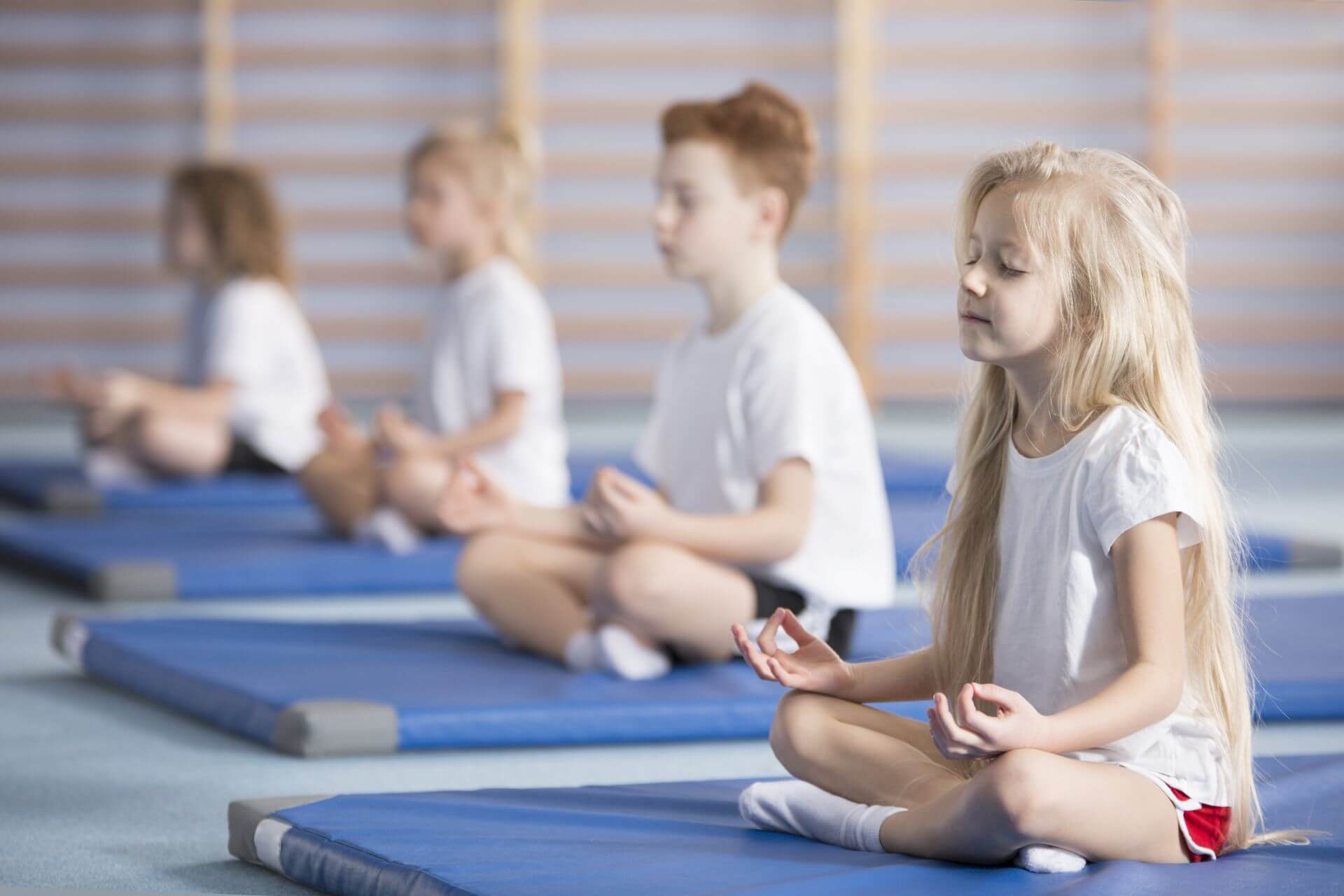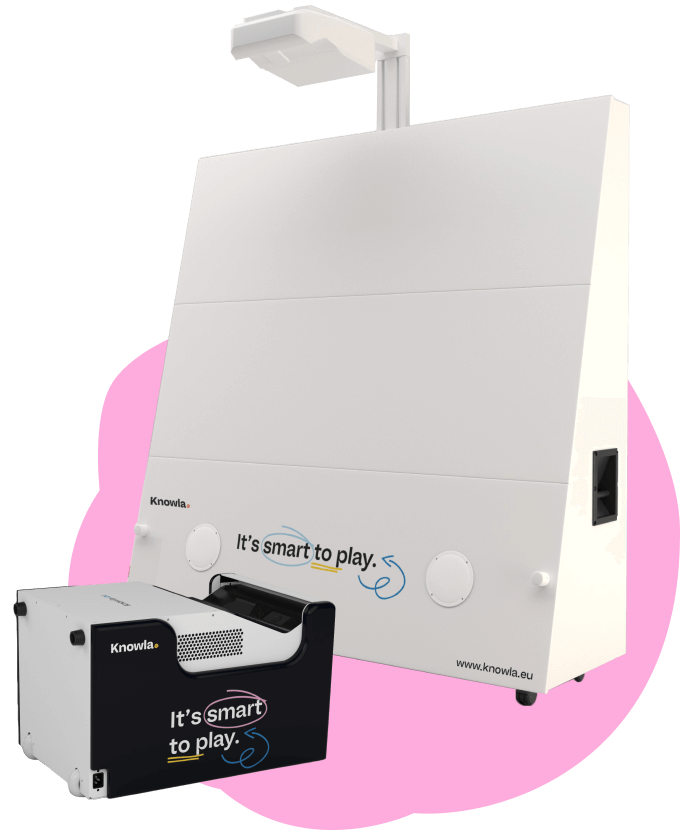When we get onto the ground of self-care, buzzwords like yoga and mindfulness have their fair share of discussion. For years, or one might even say centuries, these techniques have assisted people in their quest to be better. What do they consist of and are they worth practicing from an early age?
Different practice, same goal
Both techniques have a common basis. Both yoga and mindfulness (a form of meditation) are about abiding in the present moment, whether by feeling stimuli while moving or by stagnating in one pose. It seems downright absurd, because after all, I am and live here and now, so why do I still need to practice it?
The body may be lingering in the moment, but our minds are wandering between past memories, future plans, fears or judging ourselves and reproaching ourselves for our mistakes. In contrast, during a short practice, we focus on our own body sensations, watching from the sidelines and without judging the stream of thoughts and emotions that flow through us. We observe it all, and even allow ourselves to let go. We give voice to what our body or mind wants to tell us, which we sometimes don’t want to let speak. We focus on the breath or on the changes that occur in our body when we assume the appropriate position.
Is it worth practicing as early as kindergarten?
The practice of yoga and mindfulness has its benefits confirmed by various studies also conducted among young participants. Here are some benefits of the practice:
- They affect self-regulation of behavior.
- The practice of yoga and mindfulness helps regulate emotions. Develop social-emotional skills.
- They can support peer relations and pro-social activities.
- Reduce aggression problems and other behavioral problems.
- It helps to focus and concentrate on the task at hand.
- They can have a positive effect on working memory, planning skills or adapting action to the situation.
- In children with ADHD, it improves control over hyperactive or inattentive activities.
- Reduce stress and anxiety. They allow you to relax.
- Improve the quality of sleep.
- They improve well-being and quality of life. They teach the joy of small things. Drawing energy from life.
- Yoga can also be considered as a physical activity, by which it introduces exercise into the daily routine and improves physical fitness, balance, posture, coordination, body awareness. Reduces fatigue.
- They allow you to better understand yourself, including your capabilities and limitations.
- They promote a healthy lifestyle with elements of self-care.
How to start practicing with children?
At the very beginning, let’s find a place for yoga or mindfulness practice in the child’s daily routine. It doesn’t take much time or space at all. At the beginning of the journey, short practice sessions will allow children to focus on specific positions. Over time, the practice can be developed and lengthened. You should prepare a set of yoga exercises, yoga mats, pillows, relaxing music. You might also think about turning off the lights or covering the windows.
You can also use Knowla‘s application packages. Planet Ziuuu has specially designed activities related to yoga or meditation. The practice includes sets of five different items, the performance of which is presented by the creature in the displayed image. All are repeated in three series. The whole thing takes a few minutes. There are also three-minute relaxation sessions where, with different sounds and surroundings, the student can sit comfortably and focus on his or her own breathing for a while. All you have to do is include the activity in question and focus on yourself.
Some advice
- At first it can be difficult to persevere in stillness and focus on your own feelings. Sometimes some thoughts or stimuli can seem too intrusive to get rid of. This is completely normal and happens even to experienced practitioners. Within the realm of possibility, you have to let it all flow freely and interfere as little as possible with what appears in your head. After a while, we may find that we have succeeded in silencing ourselves. At other times, it may not be the right time, and it’s worth dealing with the nagging problem a bit first. Don’t force yourself/yourself to focus, it won’t work.
- There is no such thing as a perfect yoga pose or the best pose for mindfulness. Each of us is slightly differently built or stretched, so we won’t always be able to fully reproduce what someone else finds easy. During meditation, the position should, above all, be comfortable enough for us to comfortably endure in it in stillness for a long time.
- We focus on the breath. In either case, let yourself breathe freely, or practice conscious and deep breathing (inhale – pause – exhale – pause). Note how the body changes with this activity. In the case of yoga, one may be tempted to change positions according to the breath.
- Do not charge. It is better to start with simpler items and move on to more advanced ones one by one. If something hurts in a particular position or feels uncomfortable, get out of it or look for a modification of the position. At the end of the day, yoga is supposed to bring pleasure and joy.
- Encourage yourself and your students to explore the possibilities of your own body and have fun! Let’s appreciate together doing something for ourselves!
Sources:
https://www.mdpi.com/1660-4601/18/11/6091
https://pubmed.ncbi.nlm.nih.gov/32213455/
https://pubmed.ncbi.nlm.nih.gov/36660255/
https://pubmed.ncbi.nlm.nih.gov/27044898/
https://pubmed.ncbi.nlm.nih.gov/29397087/
https://www.actionforhealthykids.org/activity/yoga-and-mindfulness


